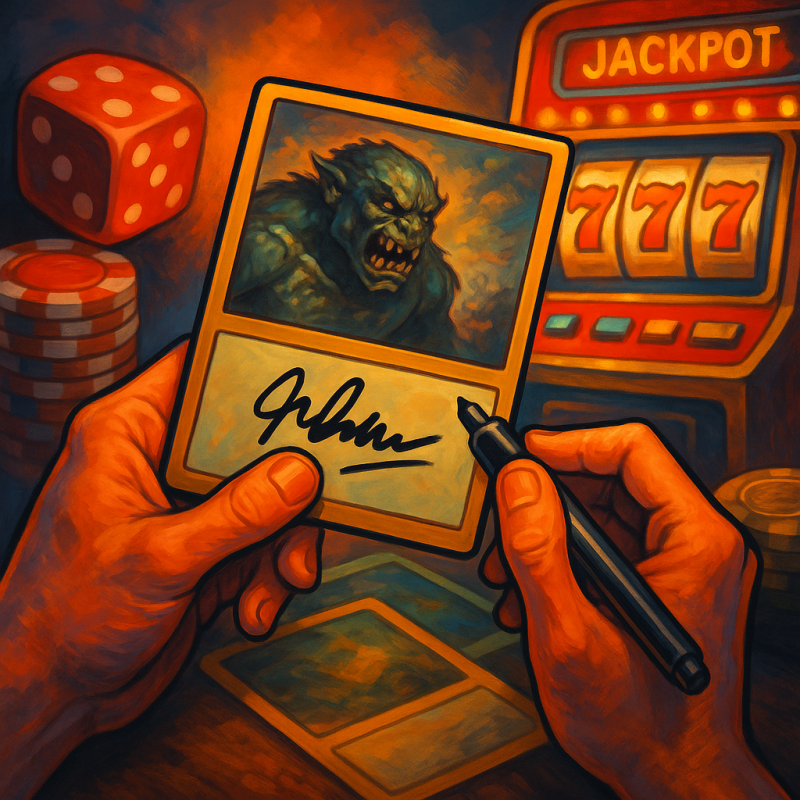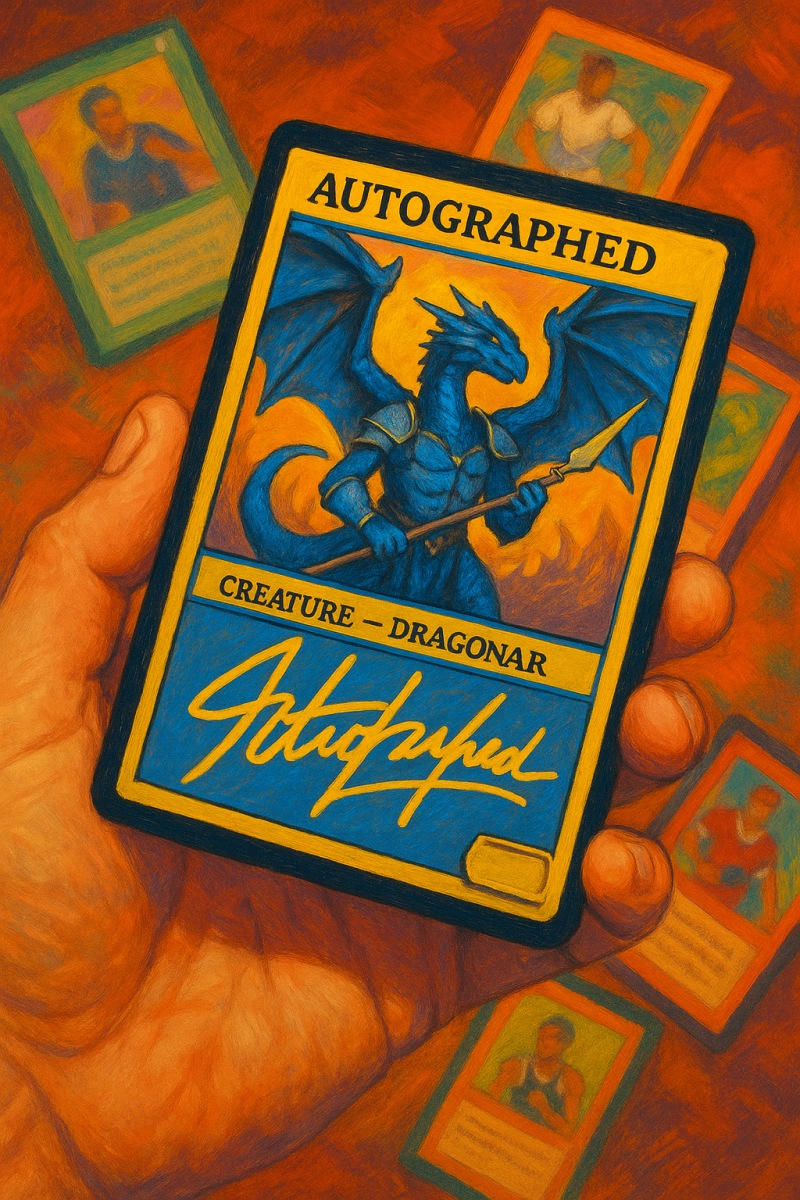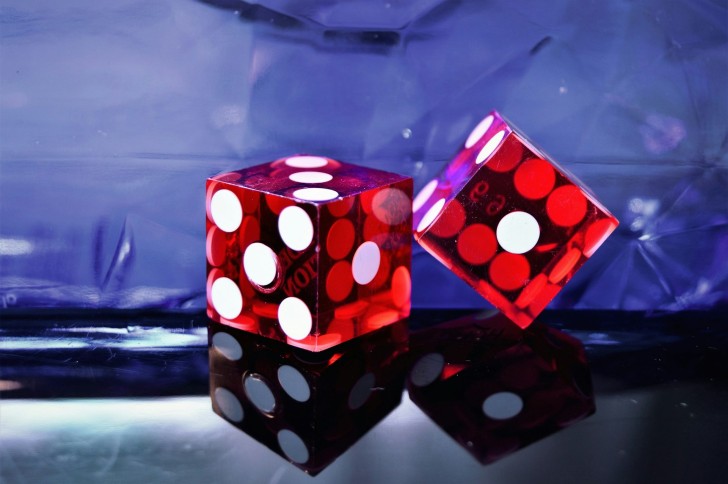Rarity doesn’t just sell cards. It sells emotions. That little twinge when you hold something others can’t—whether it’s a signed Tarmogoyf or a misprinted Pokémon foil—lives in every collector.
You don’t pull these from packs. You don’t stumble across them in a Facebook marketplace. Autograph cards are earned. They demand you show up—at a Grand Prix, a local con, or even a random card shop hosting a guest artist. You stand in line, card sweating in your hand, rehearsing what you’ll say. You’re nervous because what if they’re tired? What if you sound like every other fan? The loop of anticipation and release already starts to build in your mind, mirroring the mechanics of online gambling, where platforms—including the Australian casino 7bit casino—use suspense and unpredictability to keep players locked in.
Then it happens. The Sharpie squeaks, the ink blooms across the artwork, and suddenly… the card isn’t just a card anymore. It’s heavier now—not physically, but in some deeper, stranger way.

Ink That Tells a Story
In a hobby obsessed with value and liquidity, autograph cards are strangely resistant to both. Competitive players often hate them—ink smudges their pristine foils and makes them harder to resell. And yet, collectors covet them.
- Because these cards are no longer just objects. They’re:
- Proof that you were there.
- Anchors to memories you can’t trade away.
- Stories trapped inside cardboard.
You can flip through binders filled with expensive staples, but it’s the signed Island, the doodled Soul Ring, or the foil Lightning Bolt scrawled with a tiny smiley face that makes you pause. Not because they’re rare in the market, but because they’re rare in your life.
The Chase Is the Reward
There’s a mechanic at play here, though few collectors stop to think about it. Waiting for an autograph, your brain cycles through anticipation, tension, and release. That little cocktail of hormones—dopamine, adrenaline, serotonin—is the same rush game designers build into their reward loops.
This isn’t unique to TCGs. You can see it in places as varied as online casinos, gacha games, and even fitness apps. The human brain is astonishingly predictable when you dangle something rare in front of it.
Rarity Beyond the Table
Take online casinos, for example. Platforms like 7Bit structure their entire experience around unpredictable rewards. Mystery spins, timed jackpots, exclusive crypto bonuses—they’re not just about winning money. They’re about engineering moments of suspense and satisfaction. A clear example of this dynamic can be seen in Ethereum Casino Games, where unpredictability and rare bonus mechanics create a similar emotional pull, driven not just by rewards but by the thrill of the unknown.
It’s easy to dismiss this as manipulation. And yes, in many cases, it is. But the raw mechanism isn’t evil; it’s universal. Whether you’re spinning a digital wheel or waiting for an artist’s signature, you’re chasing the same thing: the emotional high of obtaining something few others have.
The difference is, in a casino the system is designed to keep you hooked. In TCGs, the system doesn’t exist. You’re not being tricked by an algorithm. You’re choosing to stand there, to invest your time and vulnerability in exchange for a moment of connection.
Not All Rarity Is Created Equal
But rarity can bite back. The market for signatures has grown to the point where forgeries are rampant. Scammers mimic pen pressure, ink flow, even the hesitation in an artist’s hand. Some collectors get caught in hype cycles, spending hundreds on signatures they don’t actually want—just to “keep up.”
This is where autograph cards and gambling mechanics converge most clearly. Both can lure you into chasing the feeling of acquisition rather than the object itself.

The Line Between Digital and Physical
As technology evolves, the world of autograph cards is changing too. Some companies now pair physical cards with blockchain-verified signatures, ensuring authenticity in a market flooded with fakes. Australian crypto platforms, including 7Bitcasino https://7bit-casino-au.com/, are exploring similar tech—digital trophies and bonuses that double as tradable tokens.
This raises a bigger question: is rarity about the object, or the experience?
Why We Keep Coming Back
Years from now, when you flip through your binder and see that signature, you won’t think about price charts or market trends. You’ll remember the sound of the marker, the awkward laugh you shared with the artist, the way your hands trembled as you slid the card back into its sleeve.
Autograph cards prove that we don’t collect for profit. We collect because we’re trying to pin down fleeting moments, to say: I was there. I made this happen.
That’s a kind of rarity no algorithm or bonus spin will ever replicate.
 Peter Smith
Peter Smith

 Peter Smith
Peter Smith


